Your PC boots from its internal hard disk or solid-state drive by default, but thats not always ideal.
But before you do that, you may want to consider using the One-Time Boot Menu instead.
That involves pressing a specific keysuch asEscorF12immediately during the startup boot sequence.
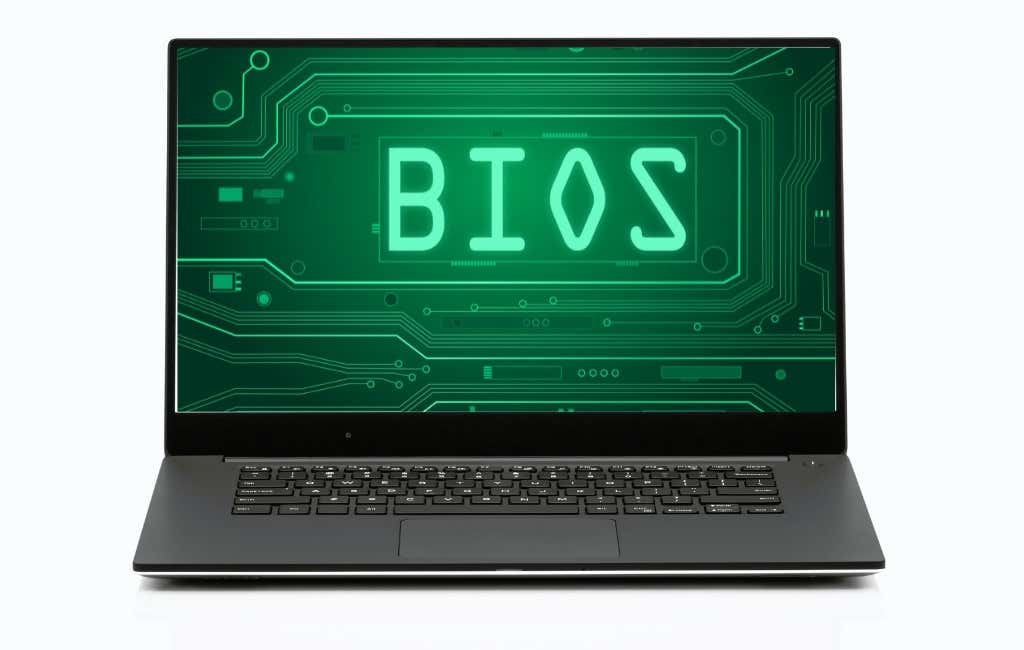
Tip: You may see the Boot Menu key listed within the splash screen at computer startup.
If not, check your motherboards user manual or online documentation for the correct key.
How to Access BIOS and Change Boot Order
BIOS stands for Basic Input/Output System.
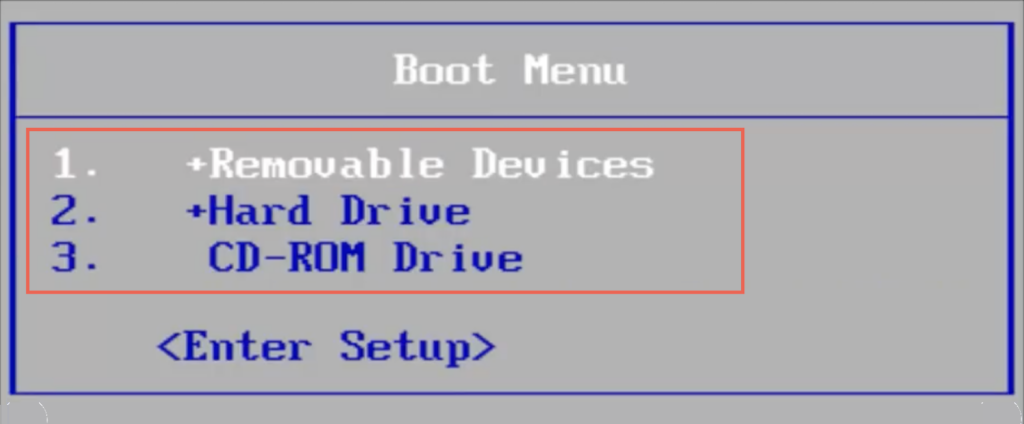
Its low-level software that verifies your computers hardware by performing a P.O.S.T.
(Power On Self Test) at startup.
If everything then appears okay, it loads Windows from internal storage.

If you see the Windows logo, you must reboot your PC and give it another spin.
The exact method varies between motherboard manufacturers, but you should get the general idea with the following steps.
Highlight each unit (Removable Devices,CD-ROM,Hard Drive, etc.)
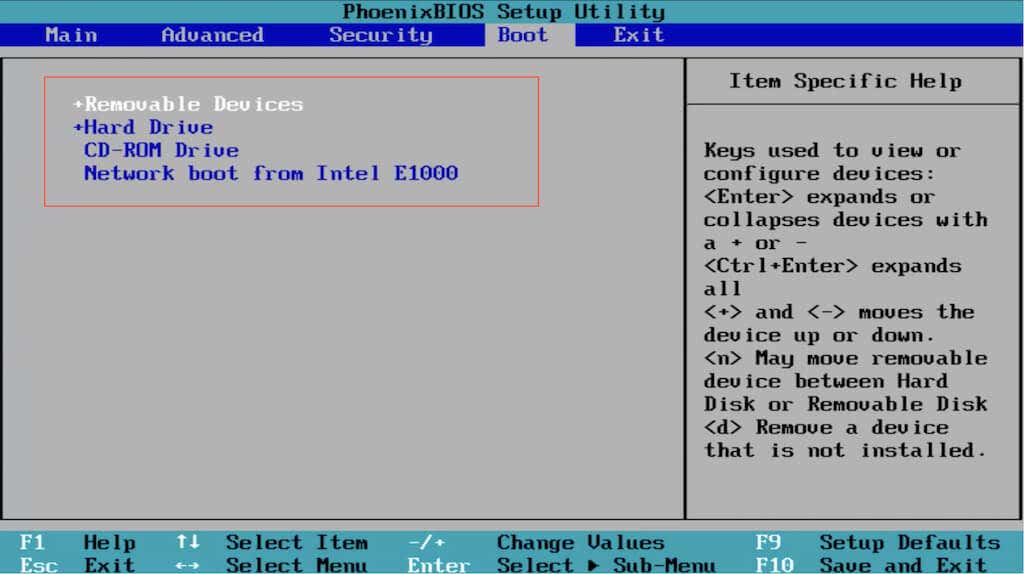
and arrange them in the order you want.
- store your changes and exit the BIOS.
BIOS requires the keyboard for navigation.
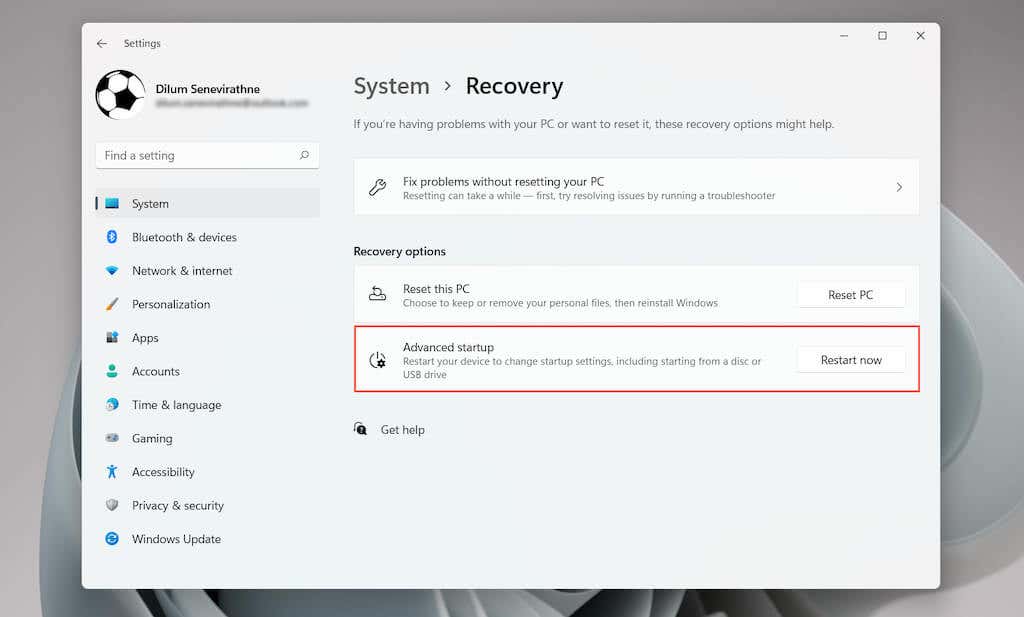
Its faster and more efficient than the BIOS, with support for larger storage drives.
The procedure to change the boot order is essentially the same as the BIOS, if not easier.
You could also check your motherboards user manual or online documentation for the exact key.

Boot into Windows 10/11.
Launch theStartmenu and openSettings.
Then, go toSystem/Update & Security>Recovery>Advanced Options.
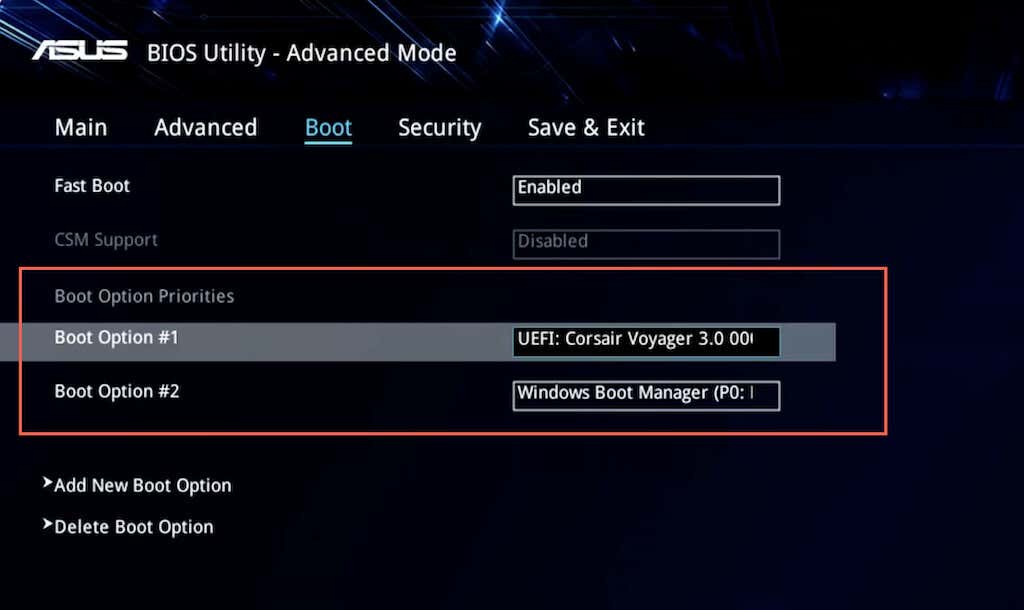
Wait until your PC reboots and loads WinRE.
SelectTroubleshoot>Advanced options>UEFI Firmware configs>Restartto load the UEFI.
Most UEFI interfaces support mouse and trackpad navigation.
UEFI interfaces are also slightly different from each other.
For example, the UEFI in ASUS laptops displays anEZ Modethat only shows a list of standard options.
Look for aBoot PriorityorBoot Sequencesection to change the boot order.
Navigate to theBoottab within the UEFI.
Look for a list of bootable devices or a boot order (e.g.,Boot Options #1).
Switch to theSavetab and secure your changes.